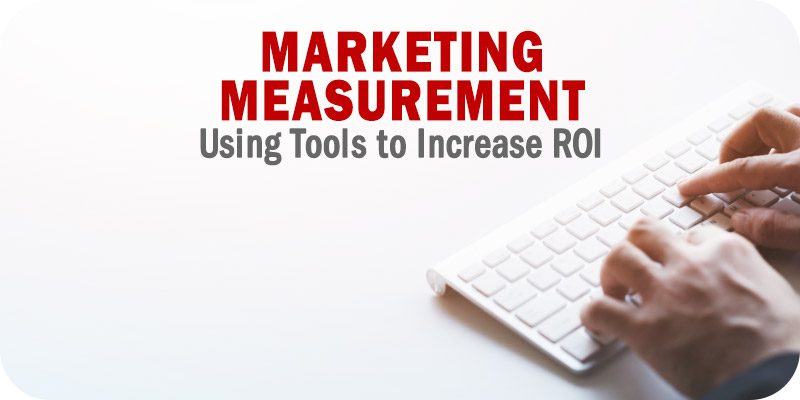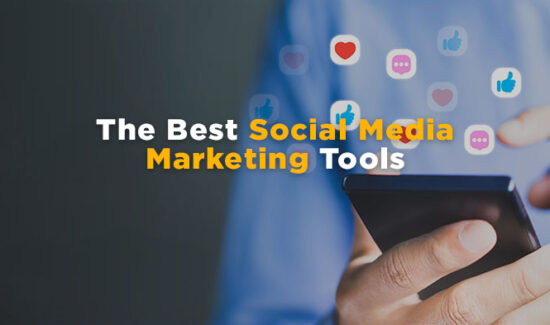How Marketing Measurement Tools Can Turn Up the Volume on ROI


As part of Solutions Review’s Contributed Content Series—a collection of articles written by industry thought leaders in maturing software categories—Ariel Geifman, the CRO of Dealtale, dives into how marketing measurement tools can help businesses turn up the volume on their return on investment (ROI).
Cutting through the noise and measuring marketing impact in hard metrics may seem like an alien concept in a universe where gauging results can be elusive at best. But in the current economic climate, digital marketing departments are under pressure to reduce costs and show that they are not shouting into the void—they must demonstrate their impact in tangible ways that boost the bottom line, prove the ROI of their initiatives and show that their efforts are driving measurable outcomes for the business.
Broader metrics, such as brand awareness, are taking a back seat to marketing strategies focusing on driving outcomes such as lead generation, customer acquisition, and revenue growth. To be heard above the din and succeed in the crowded digital marketing space, brands need to be strategic in their approach and use data and analytics to inform their decisions. They must understand their target audience, preferences, and behavior to deliver the right message at the right time and through the right channel.
Smart marketers will shift into more strategic roles and focus on developing data-driven, customer-focused, measurable campaigns. They need to leverage technology and analytics to track the performance of their campaigns beyond vanity metrics to optimize their marketing spend. That prerogative is prevalent across industries; a recent Dealtale study of more than 1000 respondents showed that more than half (51 percent) want their business to invest in AI tech.
Houston, We Have a Problem
The first step in moving to a more metric-centered approach is identifying what works and what doesn’t. Ask yourself, are our efforts driving revenue forward, or are we drifting? Customers encounter multiple messages, ad engagements, and marketing programs, and quantifying which touchpoints leave a lasting impression is a challenge.
One effective means of marketing measurement is called Markov chains, a statistical method to gauge what motivates customers to close deals and transactions. This method’s most significant advantage is it can calculate the incremental value of each one of the touchpoints. Generative AI and machine learning are accelerating the analysis and understanding of the customer journey in profound ways. Ultimately, the real benefit is in the ability to leverage that deeper understanding and strategize accordingly.
Resistance is Futile
Some industries are slower than others to adopt new technologies, and ironically, they are often the ones that would benefit most. Real estate, consulting, and professional services would become far more efficient in targeting the right demographics—translating to more sales—once they embrace AI’s role in discerning and interpreting data.
Far from leaving these legacy industries behind, generative AI is evolving to become more conversational and approachable. As AI levels up, it learns to respond to complex human queries, making it more approachable and user-friendly. According to a recent study from Dealtale, while 60 percent of respondents found the use of AI in marketing “creepy,” a solid majority (78 percent) are ready for AI to handle complex tasks like data analysis. So we are evolving to embrace AI in our everyday work lives.
In digital marketing, this translates to greater access to analytics for a broader range of users within any organization. No longer the exclusive purview of those with specialized college degrees in the field, data analytics and its insights will become more approachable and easier to understand.
To Infinity and Beyond
While some may perceive generative AI as a threat, forward-looking organizations will embrace the immense opportunity for growth and creativity. Humanity’s 1950s version of the future envisioned technology’s role in performing menial jobs—think Rosey the Robot from the Jetsons.
But as AI takes on an increasingly intuitive role in prescriptive data analysis, marketers can be more creative, think strategically, and create more successful campaigns. More people are beginning to see the value of AI in boosting productivity while freeing us to pursue more imaginative pursuits. Our study found that most consumers do not think AI will take their job (56 percent) and agree that ChatGPT can’t measure up to human creativity (54 percent).
Overall, generative AI has the potential to revolutionize many industries by automating tasks that were previously thought to be exclusively human. We are on the cusp of an AI-powered Renaissance, and those who can adapt to this brave new world and demonstrate the ROI of their initiatives with marketing measurement initiatives will be well-positioned to drive business growth and succeed in the future—to live long and prosper.























